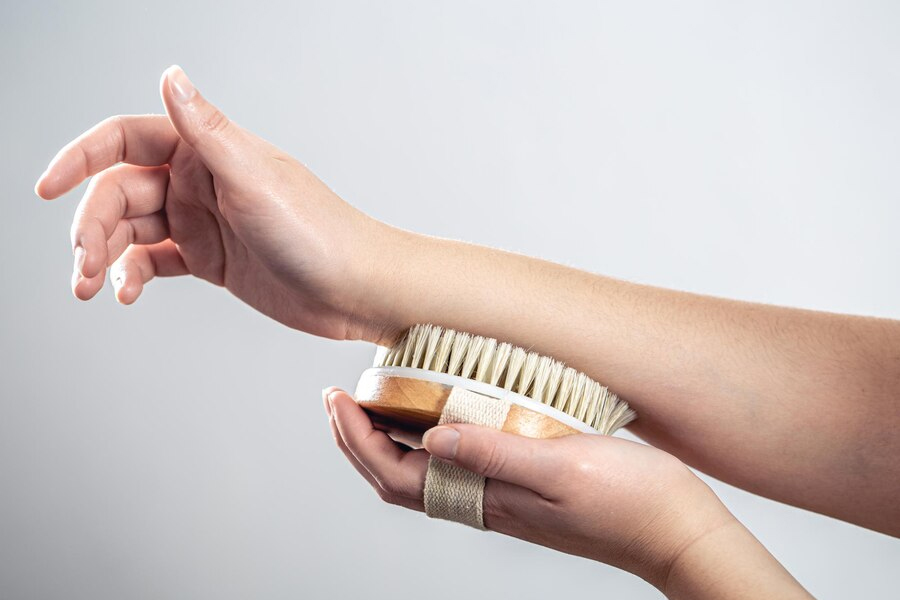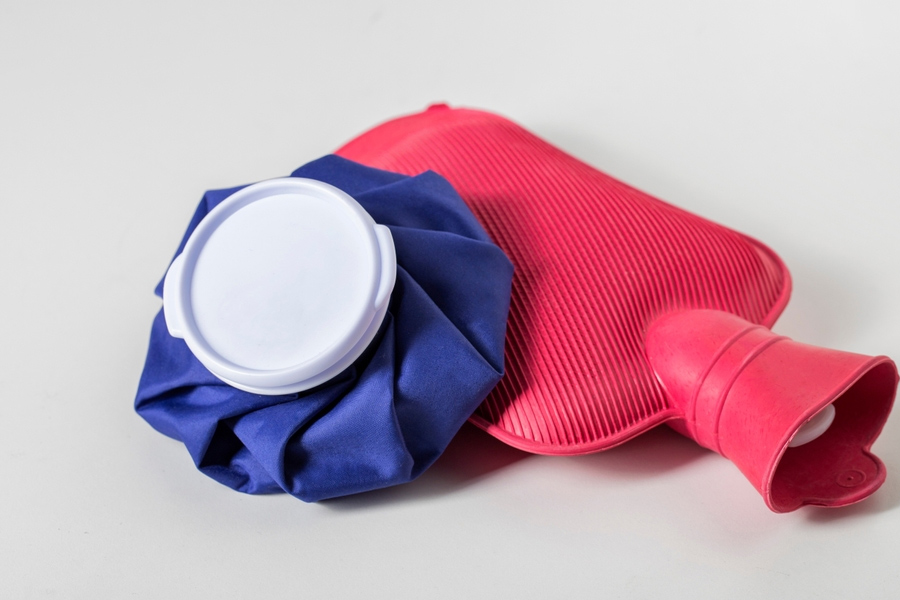
Have you ever noticed how sometimes, despite your best efforts with exercise and skincare, you still feel stiff, sore, or unwanted spots on your skin? The culprit could be your fascia, the connective tissue that wraps around your muscles and organs. When fascia becomes tight or inflamed, it can lead to pain and even contribute to the appearance of cellulite. Fortunately, there are effective ways to care for your fascia to reduce pain and improve the appearance of your skin.
Table of Content:-
Different Ways To Treat Fascia
Here are seven ways to treat your fascia to alleviate pain and reduce cellulite:
1. Fascia Massage: Loosen Tightness and Improve Circulation

Fascia massage, also known as myofascial release, is a technique used to relieve tension in the fascia. This form of massage targets the connective tissues by applying gentle pressure to release tightness and improve blood circulation. Professional fascia massage can be highly effective for alleviating chronic pain, stiffness, and inflammation.
According to a 2020 study, myofascial release is a massage technique aimed at relieving tension in soft tissues that are tight or in spasm. It is known for being a gentle and tolerable approach. Various types of myofascial techniques have been identified in previous studies, including soft tissue mobilisation and trigger point stimulation.
For a more accessible option, you can use foam rollers or massage balls at home to perform self-myofascial release. Roll over areas where you feel tightness or pain, applying steady pressure for 30 seconds to a minute on each spot.
2. Stretching: Keep Fascia Flexible and Healthy

Stretching is essential for keeping your fascia flexible and preventing it from becoming stiff or tight. Adding stretching into your daily routine can help improve your range of motion, reduce muscle tension, and enhance overall flexibility.
You should focus on dynamic stretches that target different muscle groups. Stretching techniques like yoga or Pilates are particularly effective because they emphasise fluid movements, which naturally stretch the fascia. Hold each stretch for at least 30 seconds to allow the fascia to release and relax.
Also Read: Somatic Stretching: Expert Explains How It Works, Its Benefits And How To Do It
3. Hydration: Keep Fascia Healthy and Elastic
Did you know hydration is key to maintaining healthy fascia? Fascia is made up of collagen and water, and when you’re dehydrated, your fascia can become dry and tight, leading to discomfort and reduced mobility. Drinking plenty of water throughout the day keeps your fascia elastic and resilient.
In addition to drinking water, consuming foods rich in water content, like cucumbers, watermelon, and leafy greens, can also help keep your fascia hydrated and healthy.
4. Dry Brushing: Reduce Cellulite and Stimulate Lymphatic Flow

Dry brushing is a popular method to improve the appearance of cellulite while stimulating the lymphatic system. The practice involves using a natural bristle brush to massage the skin in circular motions, which helps break up fascia adhesions, increase blood flow, and promote the removal of toxins through the lymphatic system.
Dry brushing is most effective on dry skin, typically before a shower. It’s not only good for your fascia, but also helps exfoliate dead skin cells, leaving your skin smooth and revitalised.
Also Read: Dry Brushing For Skin Health: Here Are Benefits Of Body Brushing And How To Do It
5. Movement: Stay Active to Prevent Fascia from Becoming Stiff
Keeping your body in motion is one of the most important things you can do to maintain healthy fascia. Movement helps fascia stay supple, preventing it from becoming stiff or glued to your muscles. When fascia is healthy and elastic, it moves smoothly along with your muscles, reducing the risk of pain and injury.
Engaging in activities like walking, swimming, or cycling into your routine ensures that your fascia stays flexible. Even small movements throughout the day, like stretching or standing up from your desk regularly, can make a big difference.
6. Hot and Cold Therapy: Soothe Inflammation and Tightness

Using hot and cold therapy is a simple yet effective way to treat fascia-related pain and inflammation. Heat therapy helps to relax tight fascia and muscles by increasing blood flow to the area, making it easier to stretch and release tension. On the other hand, cold therapy can reduce inflammation and soothe painful areas.
You can use a hot water bottle, heating pad, or warm bath to apply heat to tight areas, and ice packs or cold compresses for spots that feel inflamed. Alternating between hot and cold treatments can be especially beneficial for reducing pain and improving the health of your fascia.
[Disclaimer: This article contains information for informational purposes only, hence, we advise you to consult your own professional if you are dealing with any health issues to avoid complications.]
Also watch this video
How we keep this article up to date:
We work with experts and keep a close eye on the latest in health and wellness. Whenever there is a new research or helpful information, we update our articles with accurate and useful advice.
Current Version